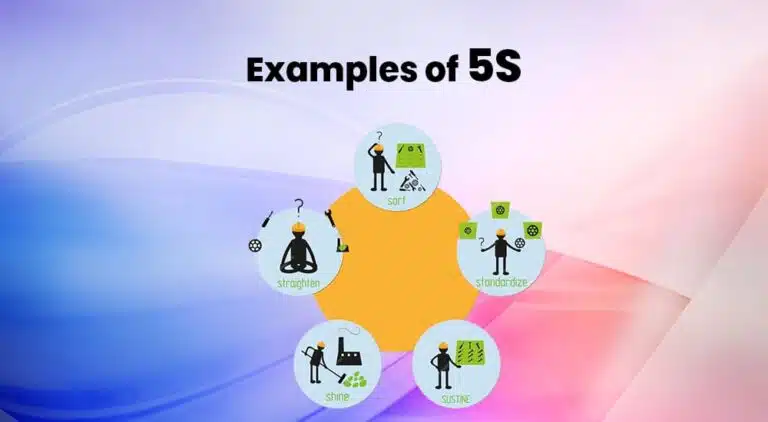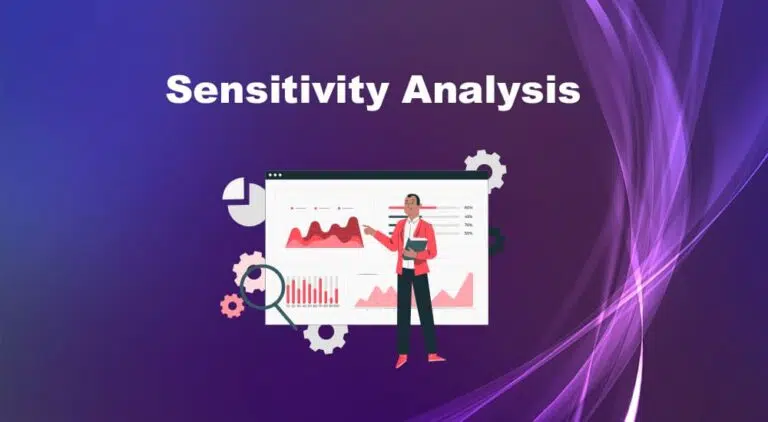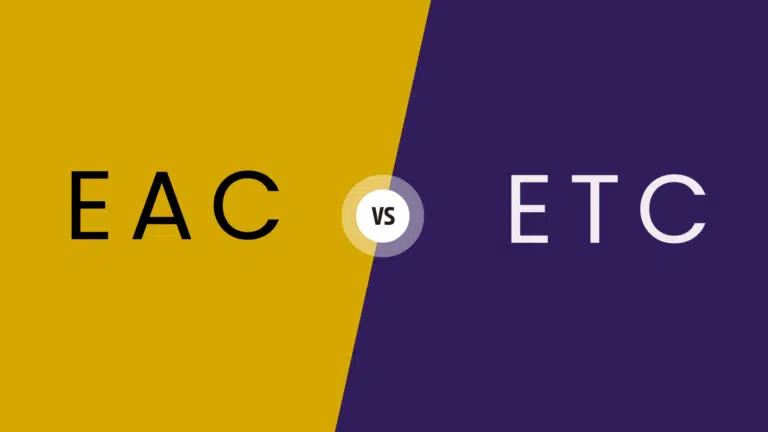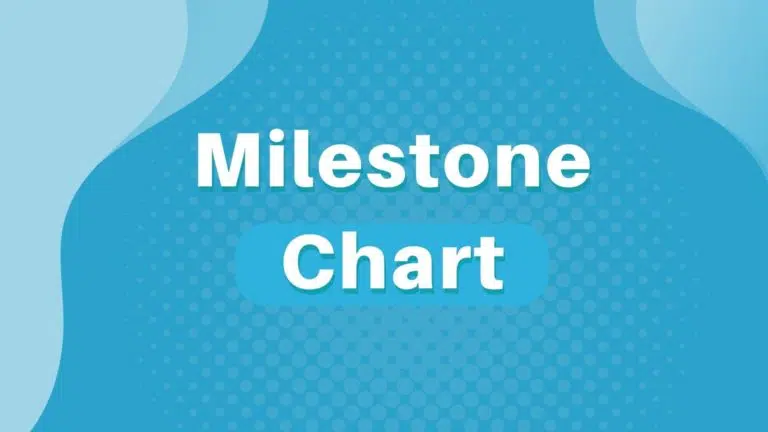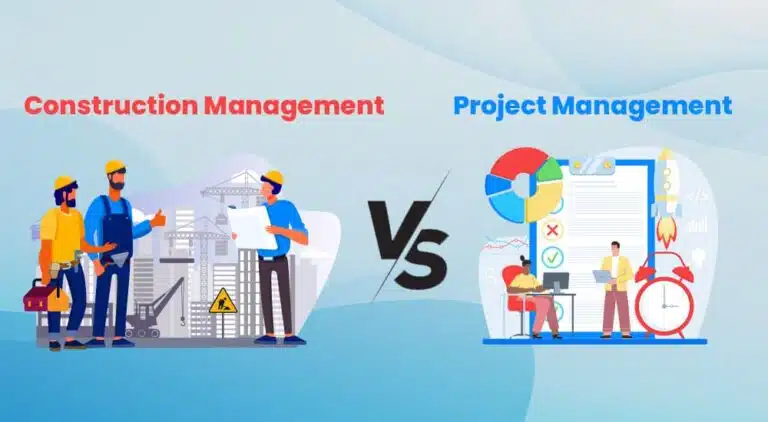Large organizations have many projects all the time, and to manage them efficiently, they manage similar and related projects under a program. Managing many similar projects together is known as “program management.”
This blog post will discuss the program management in detail with examples, but before that, let us understand the program.
What is a Program?
A program is a group of similar and related projects managed together for better resource utilization and coordination. The individual who manages the program is known as the program manager.
The PMBOK Guide states, “A program is defined as a group of related projects, subsidiary programs, and program activities managed in a coordinated manner to obtain benefits not available from managing them individually.”
The Standish Group’s Chaos Report notes that resource optimization through effective program management contributes to a 30% increase in project success rates.
Note that a large project is not a program; you can call it a mega project, but not a program.
Programs help align projects with the strategic objectives of the organization. They ensure that project outcomes contribute to overarching business goals. According to the PMI Pulse of the Profession report, 69% of organizations with highly aligned programs and projects meet their business goals.
What is Program Management?
Program management is managing multiple similar and related projects under a program so that all projects can share the organizational resources, knowledge, and skills. It helps organizations use their resources optimally.
Program management provides consistent governance across all projects and helps project managers complete the project with the least hassle.
Key Program Management Functions
The key functions of program management include activities to achieve strategic objectives by effectively coordinating multiple projects.
The key functions of program management are as follows:
- Strategic Alignment: This ensures that the program aligns with the organization’s goals and objectives, which involves understanding the strategic vision and mapping how each project contributes to its realization.
- Interdependency Management: This involves identifying, analyzing, and managing the interdependencies between projects within a program (e.g., coordinating timelines, resources, and deliverables to maintain synchronization).
- Resource Management: This involves efficiently allocating and managing resources across a program (e.g., optimizing personnel, budget, time, and other assets to achieve the best outcomes for the entire program).
- Governance and Oversight: These involve establishing a governance structure to provide oversight and decision-making authority for a program (e.g., defining roles, responsibilities, and reporting mechanisms to ensure accountability).
- Benefit Realization: This involves tracking and measuring the benefits derived from a program (e.g., assessing the impact of individual projects on the overall program objectives and ensuring that the intended benefits are realized).
- Closure and Evaluation: These involve facilitating the program’s closure by ensuring that all projects are completed, objectives are met, and benefits are realized. You must conduct a thorough evaluation to capture lessons learned and inform future program-management initiatives.
Program Management Vs Project Management
Program management has a broader scope and focuses on coordinating and overseeing multiple interrelated projects to achieve strategic goals. It aligns these projects with the organization’s vision and managing interdependencies.
Project management focuses on executing specific tasks within a defined scope, with a set timeline and budget. Project managers concentrate on planning, execution, and delivery, ensuring that individual projects meet their objectives.
While project management is concerned with executing a specific project, program management takes a holistic view and ensures that the collective efforts of multiple projects contribute to organizational success. Program managers handle complexities that arise from the interconnected nature of projects, thus emphasizing strategic alignment and benefit realization.
Program Management Vs Portfolio Management
Portfolio management takes a more comprehensive approach by managing unrelated projects and programs. It selects and manages a portfolio of initiatives to achieve the organization’s strategic objectives. Portfolio managers prioritize and align programs and projects with the business strategy, balance risks, and optimize resource utilization.
While program management concentrates on the successful execution of interconnected projects, portfolio management considers the broader picture, ensuring that the organization invests in the right mix of initiatives to achieve its long-term goals.
Program managers navigate the complexities of related projects, while portfolio managers make strategic decisions about the entire collection of programs and projects to maximize the value.
Summary
Program management is the cornerstone of organizational success; it aligns diverse projects with common goals. A strategic mindset, effective communication, and adaptability are vital for program managers. Well-executed program management maximizes efficiency, minimizes risks, and propels innovation, thus positioning organizations for sustained success in dynamic environments.
This topic is important from a PMP exam point of view.

I am Mohammad Fahad Usmani, B.E. PMP, PMI-RMP. I have been blogging on project management topics since 2011. To date, thousands of professionals have passed the PMP exam using my resources.



